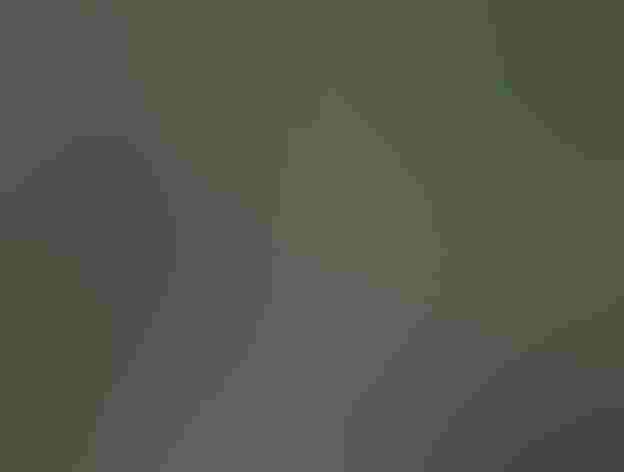White-winged Dove
At a Glance
Related to the Mourning Dove, but a larger and bulkier bird, the White-wing is mainly a summer resident in the southwestern states. It is abundant in some regions, and streamside groves or desert washes may echo with the crowing calls of males on spring mornings. In some desert areas, this dove often feeds on the fruits of cactus, and visits their flowers for nectar; it is an important pollinator of the giant saguaro cactus.
All bird guide text and rangemaps adapted from Lives of North American Birds by Kenn Kaufman© 1996, used by permission of Houghton Mifflin Harcourt Publishing Company. All rights reserved.
Category
Pigeon-like Birds, Pigeons and Doves
IUCN Status
Least Concern
Habitat
Arroyos and Canyons, Desert and Arid Habitats, Fields, Meadows, and Grasslands, Forests and Woodlands, Shrublands, Savannas, and Thickets, Urban and Suburban Habitats
Region
California, Florida, Rocky Mountains, Southeast, Southwest, Texas
Behavior
Direct Flight
Population
14.000.000
Range & Identification
Migration & Range Maps
Most of those nesting in southwest move south in fall. Migration is early in both seasons, most birds arriving by March and leaving in September. A few remain through winter north of the border, especially in suburban areas. Strays sometimes wander far north of breeding range. Regular along Gulf Coast in winter. Florida birds are mostly permanent residents.
Description
12" (30 cm). Bulkier than Mourning Dove, with shorter tail. Big white wing patches and white tips on outer tail feathers, most obvious in flight.
Size
About the size of a Crow, About the size of a Robin
Color
Black, Blue, Brown, Gray, White
Wing Shape
Broad, Pointed
Tail Shape
Rounded, Square-tipped
Songs and Calls
Drawn out hooo-hooo-ho-hooo or who-cooks-for-you.
Call Pattern
Falling, Flat
Call Type
Hoot, Odd
Habitat
River woods, mesquites, saguaros, groves, towns. Found in a variety of semi-open habitats in southwest, including native brushlands in Texas and deserts farther west, plus chaparral and open oak woods; also adapts quickly to altered habitats, such as farmland, suburbs, citrus groves, plantings of trees in grassland. In winter, those remaining north of Mexico are mostly in towns.
Sign up for Audubon's newsletter to learn more about birds like the White-winged Dove
Behavior
Eggs
2, sometimes 1-4. White to very pale buff. Incubation is by both parents, 13-14 days.
Young
Both parents feed young "pigeon milk." Young leave nest at about 13-16 days, are fed by parents for some time thereafter. 2-3 broods per year.
Feeding Behavior
Forages mostly on ground, also up in trees, shrubs, cactus. Often seen at top of giant saguaro cactus, feeding on fruit or flowers (may get much of its water that way in desert areas).
Diet
Mostly seeds, some fruits and berries. Feeds on seeds of many wild plants, also some cultivated grains; may eat acorns where available. Feeds on fruits, especially those of cactus, also smaller berries. Will come to large flowers, apparently for nectar.
Nesting
May nest in colonies, especially where nest sites in isolated grove are surrounded by good feeding areas. In courtship display, male flaps up and then glides down in wide circle. While perched, male raises tail and quickly fans it open and shut to flash black and white tail pattern. Both members of pair go through ritualized nodding and preening motions. Nest site is in shrub, tree, or cactus, usually 4-30' above ground. Placed on horizontal limb or fork in branch, sometimes on top of old nest or on tangle of thorns. Nest is a flimsy platform of sticks. Male brings most material, female builds.
Conservation
Conservation Status
Probably declined originally with clearing of native habitat, but has adapted well to altered environment, now abundant and probably expanding range to the north.
Climate Threats Facing the White-winged Dove
Choose a temperature scenario below to see which threats will affect this species as warming increases. The same climate change-driven threats that put birds at risk will affect other wildlife and people, too.







